Wild boars, deer, monkeys, palm civets, raccoons, raccoon dogs, etc. If left alone, the number of beasts that cause damage to the fields will increase.
As a result, there is a risk that the crops that have been cultivated with great care over the course of a year will be wiped out in a single night, causing a situation to the extent that the motivation for farming is cut off.
If the number of individuals is reduced, the damage will be reduced visibly, so I would like to take early countermeasures before the number increases too much and becomes unmanageable. Therefore, it is said, "Recently, the damage caused by wild animals is terrible. Guns seem to be in trouble, so we will fight back by capturing them with traps."
This article explains the licenses and permits you'll need as a first step to get started. If you want to capture pests but don't know where to start, please refer to it.
Capturing wild birds and beasts is prohibited in principle.
In Japan, there is a law called the Wildlife Protection and Hunting Proper Law (abbreviated as "Wildlife Protection Law"). As a result, the capture of wild birds and beasts is prohibited in principle in Japan.
Therefore, even if an animal invades your field and destroys your crops right in front of you, you cannot catch and dispose of it unless you have obtained a license or permission in advance.
To capture wild animals, you need a "hunting license" and "hunter registration". * Moles and rodents are exceptions, and can be captured for damage prevention without a license or permit. You do not need to obtain a hunting license if you meet the conditions for catching them with enclosure traps. More on this later.
Type of hunting license
There are four types of hunting licenses. First class gun license (powder gun/air gun), second class gun license, net hunting license, and trap hunting license. Different licenses are required depending on the gear used for hunting.
A trapping license is required to use box traps , enclosure traps , and tie traps . A hunting license can be obtained by passing the hunting license examination conducted by the prefecture. Valid for 3 years.
It is not possible to start hunting immediately after obtaining a hunting license, but it is possible to start hunting only after applying for hunter registration to the prefectural government and being approved. Applications for hunting license exams and hunter registration are done at the counter in charge of each prefecture, but if you join the hunter association, you may be able to take care of the hunter registration procedure.
Expenses required for a trap hunting license
In the case of a trap hunting license, the necessary expenses include a hunting license application fee of ¥5,200, a hunter registration fee of ¥1,800, a hunter registration tax (11/15-2/15) of ¥8,200, and a diagnosis by a doctor. It costs about ¥30,000, including writing costs and hunting association fees (including mutual insurance for hunting accidents).
If you do not belong to a hunting club, you will also need to pay trap insurance.
Conditions for capture by trapping
According to the above-mentioned Wildlife Protection Law, the wildlife that can be caught by hunting is limited to 48 species, including wild boars and sika deer.
Among these captured birds and beasts, raccoons and nutria are "specified alien species." As breeding, storage and transportation are prohibited in principle, according to the Alien Species Act , if captured, it must be killed on the spot or handed over to the local government.
In addition, it is not possible to hunt all year round if it is a hunting target bird and beast. The hunting season is generally from November 15th to February 15th each year. Hunting birds and beasts and hunting periods vary by prefecture, so be sure to check in advance with the prefecture where you plan to register as a hunter.About application for capturing harmful birds and beasts
For example, in recent years, there have been many cases of crop devouring caused by monkeys. At the beginning of this year, about 40 monkeys were seen devouring crops in a field in Tatsumi-cho, Kanazawa City.
However, Japanese macaques are non-hunting birds and beasts. Therefore, it cannot be caught by hunting. In such a case, there is a way to apply for permission to capture harmful birds and beasts.
If the damage is severe and cannot be prevented even by using fences, the victim or a capture worker requested by the victim will apply for permission to capture harmful birds and beasts. Persons who have received this permit can catch non-hunting birds and animals specified in the permit.
*In this case, the period and place where you can capture will be specified. The period is usually within one year. In some cases, other than the legal hunting law is possible. It is limited to capture for the purpose of preventing damage to agriculture, forestry and ecosystems.
A hunting license is also required for hunting harmful birds and beasts. Individuals can also apply for the capture of harmful birds and animals, but in general, local governments often request hunting associations to capture harmful birds and animals.
The application destination differs depending on the type of bird or beast to be captured, so it is best to inquire at the local government of the area where you are capturing for details.
In addition, although it is a story after obtaining permission to capture harmful birds and animals, depending on the local government, there are cases where people who capture wild boars, Japanese macaques, Japanese deer, palm civets, raccoons, etc. may be issued rewards for capturing harmful birds and animals. .
Conditions for installing enclosure traps that can be captured without a license
Agricultural and forestry workers can capture wild animals using "enclosure traps" without obtaining permission from prefectures or municipalities. However, it is limited to cases where all the following four items are satisfied.
Please note that if you capture wild birds and animals without satisfying all four items, you may be in violation of the law and may be subject to penalties.
1. The hunting equipment to be used must be a "enclosure trap".
You cannot use traps other than enclosure traps, such as "box traps" and "kukuri traps." In addition, when the prey enters a box made of a cage or the like and the trigger is activated, the doorway closes and traps the prey. is treated as a corral trap, not a box trap.
* Reference article: I want to know more about box traps
2. It must be for the purpose of preventing damage to crops, etc. that "is being done as a business"
It is not permitted to prevent damage to crops grown exclusively for self-consumption, not for business (sales, etc.) purposes. Only when it is used for the purpose of preventing damage to crops, etc., that one is engaged in as a business, "enclosure traps" are exempt from hunting laws stipulated by law.3. Birds and beasts to be captured must be "hunting birds and beasts"
Only game animals that are permitted to be hunted can be caught with a "trap trap". Other wild animals cannot be captured.Four. Capturing in 'hunting areas' during 'hunting season'
It can only be caught during the "hunting season" in "hunting areas", excluding areas where hunting is prohibited, such as wildlife reserves and public roads. Click here for Enclosure Traps Recommended by Inohoi>>last
The advantage of catching is not only that the damage is visibly reduced, but depending on the individual, it can be used as meat, and the most important advantage is that the stress caused by wildlife damage is reduced.
Wildlife damage cannot be solved overnight, but let's take the first step to solve it by obtaining the necessary licenses and permits.
See also this article >>Countermeasures against wild boars - Types of traps

 箱罠
箱罠
 くくり罠
くくり罠
 パーツ類
パーツ類
 電気柵
電気柵
 自作キット
自作キット
 防獣グッズ
防獣グッズ
 監視カメラ
監視カメラ


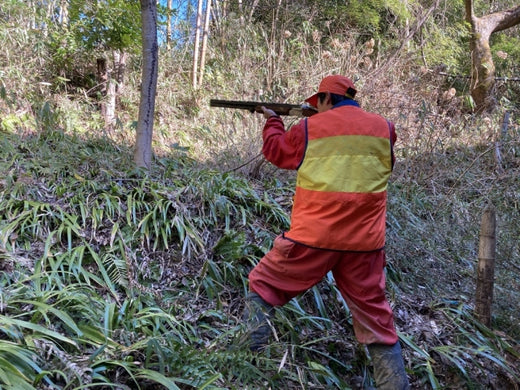
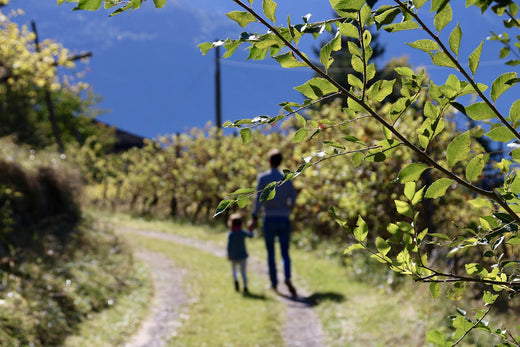

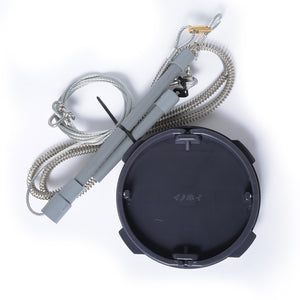
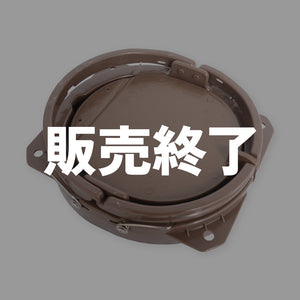
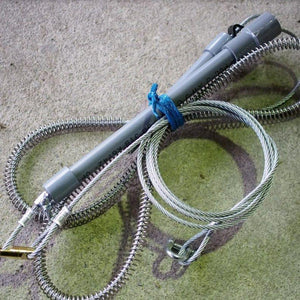
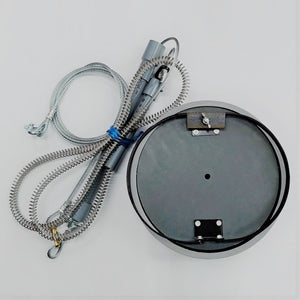
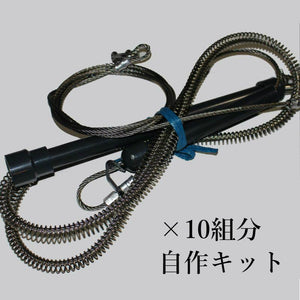
 box trap
box trap
 tying trap
tying trap
 enclosure trap
enclosure trap
 Prevention and avoidance goods
Prevention and avoidance goods
 electric fence
electric fence
 trap surveillance camera
trap surveillance camera
 transportation goods
transportation goods
 Trap detection sensor
Trap detection sensor
 hunting supplies
hunting supplies
 game cookware
game cookware
 hunting books
hunting books
 Anti-bird goods
Anti-bird goods
 Agricultural materials/machinery
Agricultural materials/machinery
 Gibier
Gibier
 boar
boar
 deer
deer
 Kyon
Kyon
 monkey
monkey
 raccoon
raccoon
 Badger
Badger
 palm civet
palm civet
 raccoon dog
raccoon dog
 nutria
nutria
 mouse or rat
mouse or rat
 Mole
Mole
 bear
bear
 pigeon
pigeon
 Crow
Crow







